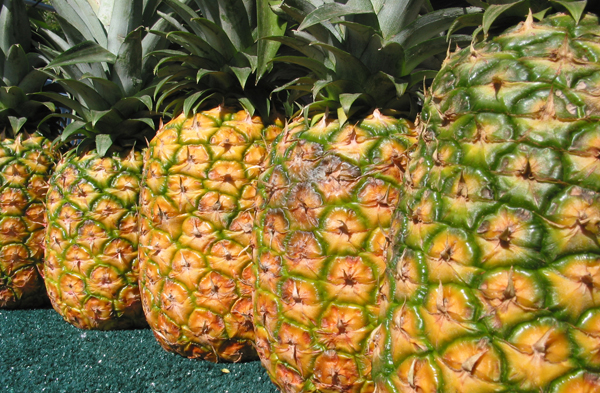Today I Learned: Pineapples Were Actually Named After Pine Cones

Go ahead and file this under “useless information that will probably come in handy for waiting in line at the DMV.” Sure, it isn’t likely your queue-mates will have any deep-seeded fascinations with etymology or horticulture, but say it with enough enthusiasm and they should at least feel sorry enough for you to fake it.
In case you’ve ever wondered – either in a particularly mind-expanding hot box session, or during Spanish class while staring at the word “ananá” – why pineapples are called pineapples when they don’t grow on pine trees OR look anything like apples, it’s time we finally put your frustrations to rest. Our story actually begins with good ol’ Chris Columbus himself, who first brought the pineapple back to Spain in 1493. According to a report by a Dr. T. Ombrello of Union County College, “the Spanish saw the fruit’s resemblance to a pine cone, and first called it ‘Pine of the Indies.’” The English then added an “apple” for its taste.
Of course, because both pine cones and apples are notoriously dull, I personally vote we all just call them “ananás” from now on, which means “excellent fruit.” I mean, seriously, how cool would that be? I can’t be the only one who cares about this, right? Hello?























